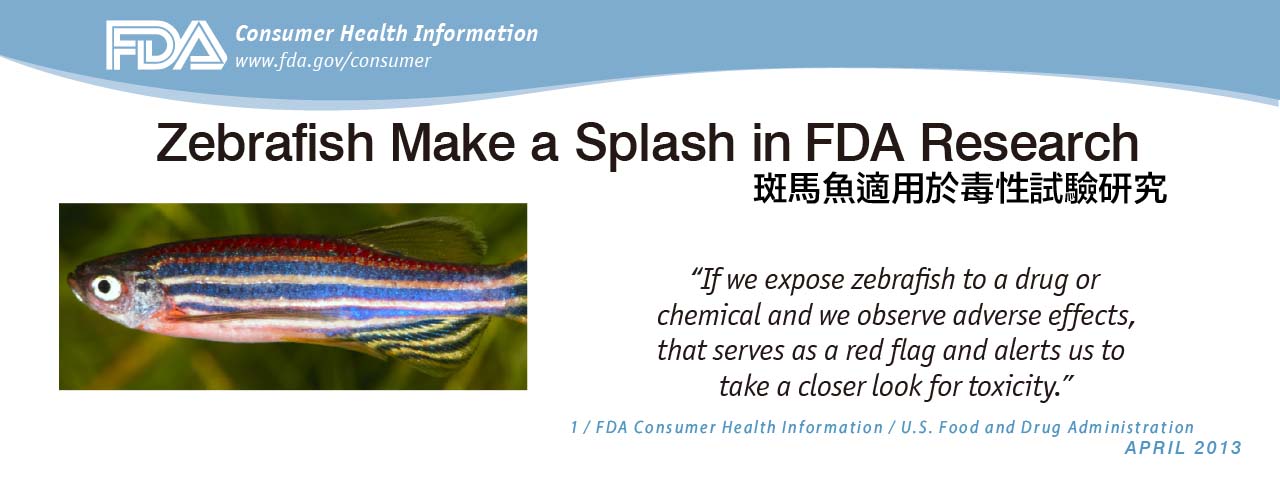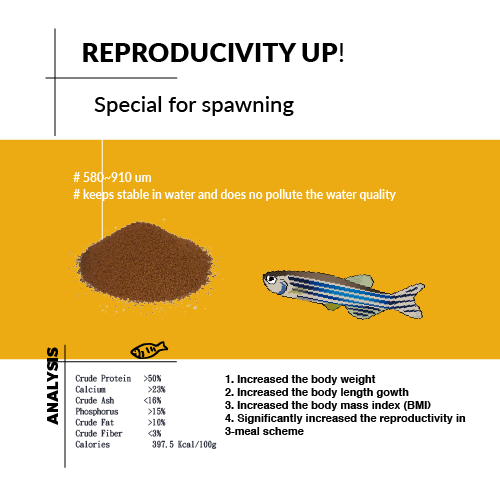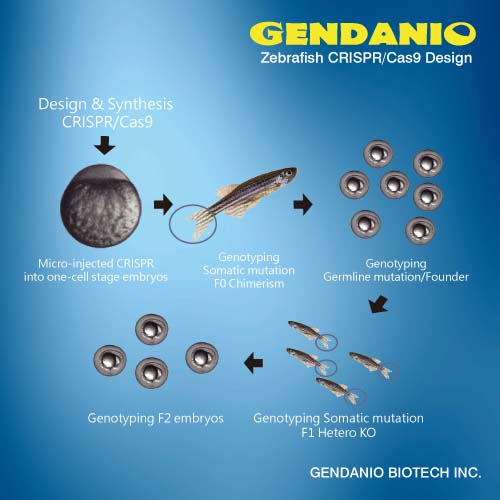Oct 25, 2011
Contacts: Tim Lucas, 919/613-8084 or
— keyword(s): Richard T. Di Giulio, Lee Ferguson, Charlotte R. Clark, faculty, Heather Stapleton, David Hinton, environmental health, Joel Meyer
DURHAM, N.C. – The National Institute of Environmental Health Sciences (NIEHS) has renewed its funding of the Duke Superfund Research Center (Duke SRC) with a $12.8 million, five-year grant. The center was initiated with NIEHS funding in 2000.
The grant will support continued interdisciplinary research by scientists at Duke’s Nicholas School of the Environment, Pratt School of Engineering and Medical Center to assess potential risks of chemicals or chemical mixtures deemed toxic by the federal government’s Superfund program.
Pioneering studies at the Duke SRC have led to a better understanding of the potential threats Superfund pollutants may pose to humans and the environment, as well as insights into their remediation. Many studies have focused on elucidating the mechanisms of exposure and toxicity to Superfund chemicals, with an emphasis on identifying their effects on the development of humans and other organisms.
The renewed NIEHS grant will allow the Duke SRC team to expand the scope of its vital work by employing new cutting-edge technologies and supporting additional scientists. A significant new focus will be the later-life consequences of chemical exposures during development.
“In human and other vertebrates, embryonic development is not only a period of rapid growth and complex cellular differentiation, but it is also a time when the organism can be the most vulnerable to outside influences,” says center director Richard Di Giulio, professor of environmental toxicology. “Research efforts of the Duke SRC are examining the heightened vulnerability of a developing organism to the effects of toxic chemicals.”
While the team continues to build upon the successes of the past decade, Di Giulio says the expanded scope of the research should give scientists new insights into the consequences of low-level environmental exposures, underlying mechanisms, and approaches for ameliorating effects and reducing exposures. Many of the studies use small aquatic species such as zebrafish or killifish as model organisms.
Di Giulio, for instance, has worked with Nicholas School colleagues David Hinton, Nicholas Professor of Environmental Policy, and Joel Meyer, assistant professor of environmental toxicology, to show that polycyclic aromatic hydrocarbons (PAH) – which are petroleum components and byproducts of fossil fuel combustion – disrupt development of the heart in fish models. Laboratory studies are unraveling mechanisms underlying this effect, while field studies at a Superfund site in Virginia are focused on a population of killifish that have evolved resistance to the toxicities of PAHs.
Other initiatives funded by the $12.8 million NIEHS renewal grant include:
- A study led by Heather Stapleton, assistant professor of environmental chemistry, and Lee Ferguson, associate professor of civil and environmental engineering, to determine what effects different contaminants have on the development of the thyroid system of animals, primarily using zebrafish as a model organism. The project will make use of a new state-of-the art chemical analysis system that can not only detect minute amounts of known toxic chemicals, but also identify new ones. Ferguson has joint appointments at the Nicholas School and Pratt School.
- Studies by Theodore Slotkin, associate director of Duke SRC, on how chemicals, particularly pesticides, impair the development of the mammalian nervous system. Slotkin’s earlier work in this area led to restrictions on the use of a popular household insecticide by the U.S. Environmental Protection Agency. He is professor of pharmacology and cancer biology and professor in psychiatry and behavioral sciences and neurobiology at Duke University Medical Center.
- Research led by Mark Wiesner, James L. Meriam Professor of Civil & Environmental Engineering and director of Duke’s Center for the Environmental Impacts of Nanotechnology, into whether nanoparticles used in cleaning up Superfund contaminants in the sediments of surface and underground water are effective. In particular, the team wants to find out how the nanoparticles interact with surrounding microbes. “We know that that some nanoparticles can influence the growth of microbes,” says Wiesner. “Interactions between nanoparticles and microbes can create byproducts that are just as toxic, or even more toxic, than the original problem.” Claudia Gunsch and Helen Hsu-Kim, assistant professors of civil and environmental engineering, are collaborating on the project.
Di Giulio notes that the Duke SRC research is enhanced by five support cores. These are administrative support by Eve Marion, program manager of Duke’s Integrated Toxicology and Environmental Health Program; analytical chemistry led by Stapleton and Ferguson; neurobehavioral toxicity testing led by Edward Levin, professor of psychiatry and behavioral sciences at Duke University Medical Center; research opportunities for undergraduates, also led by Levin) and translation of the Duke SRC’s research to the broader environmental health community and the public, led by Charlotte Clark, faculty director of sustainability at the Nicholas School.
More information about the Duke SRC is available at http://superfund.geneimprint.com.
###
Note: Di Giulio can be reached for comment at (919) 613-8024 or
Source: www.nicholas.duke.edu
























